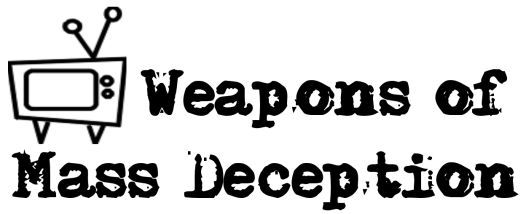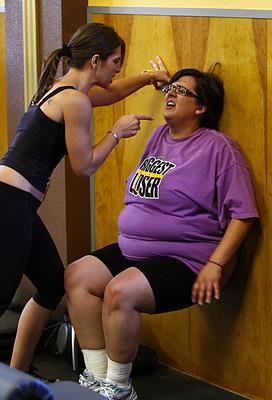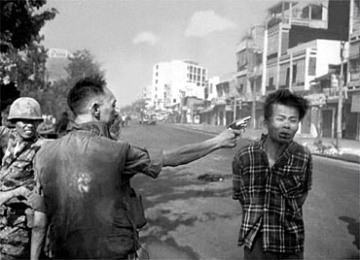From media concepts, ownership and raunchy children and I still think having to introduce myself was the hardest post to do. In these past 7 weeks I have learnt more than I ever did at school, because I’m interested. Researching and delving in to these topics to discover information I never knew existed have made angry, upset and most of all happy. I’ve definitely gained different perspectives on some topics, reading other classmates blogs and opinions is also great, in a way it’s a public sphere. (Told you!).
Where to start… I think Albert Banduras’ Bobo Doll Experiment angered me quite a bit as I thought how can he make a solid argument that children would copy an adult doing a particular behaviour or action when Bandura has put them in an extremely controlled environment, he set out his ‘experiment’ so that he could get the answer he wanted. This type of behaviour is also seen in my week 5 blog post as The Biggest Loser producers put the contestants into a controlled environment to achieve their set goals.
I am a lot more skeptical of the media as I’ve learnt and experienced how easy it is for the media to persuade and morph the audiences opinion to feed their stories and reports.
Being able to write down my opinion and thoughts has helped me a lot, I am usually a very opinionated person but writing down my thoughts has helped me be less bias and more factual rather than just stating my opinion without any evidence to back myself up.
BCM110 lectures are without a doubt my favourite lectures, there’s never a dull moment thanks to Sue! The people I’ve met, the information I’ve learnt and the experiences so far are unforgettable. Blogging is something I’d like to keep doing because it’s had such a positive impact on myself and showed me a whole new way to express my thoughts.





